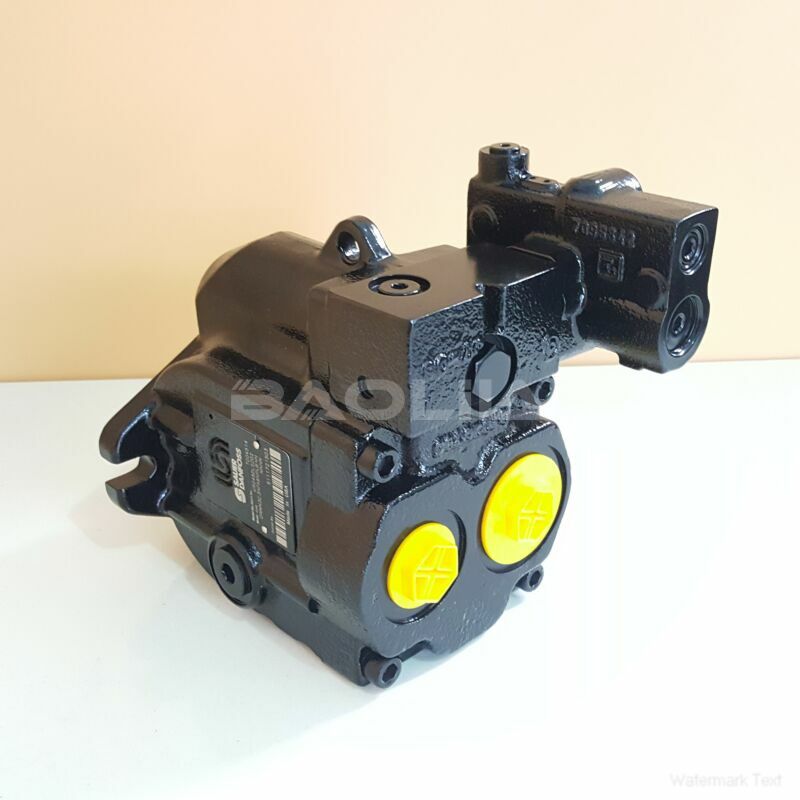KRR045DLS2120NNN3K2NGA6NKNBNNNNNN piston pump
KRR045DLS2120NNN3K2NGA6NKNBNNNNNN piston pump

- Product Details
- Applicable Scene
Hydraulic oil pumps play a crucial role in the efficiency and performance of high-speed filling and capping machines. As industries strive for faster production rates, the design and functionality of hydraulic systems must evolve to meet these demands. In this article, we will explore the key considerations in designing hydraulic oil pumps specifically tailored for high-speed filling and capping operations.
KR-R-045D-LS-21-20-NN-N-3-K2NG-A6N-KNB-NNN-NNN
KRR045DLS2120NNN3K2NGA6NKNBNNNNNN
One of the primary objectives in designing hydraulic oil pumps for these machines is achieving high flow rates while maintaining a consistent pressure. This consistency is vital for ensuring that the filling and capping processes are not interrupted and that they operate smoothly. The selection of an appropriate pump type is essential; gear pumps, vane pumps, and piston pumps each have unique advantages and should be evaluated based on the application’s specific requirements.

7004204S
In high-speed applications, the efficiency of the pump is paramount. High-efficiency pumps reduce energy consumption, resulting in lower operational costs and a reduced environmental footprint. When designing the hydraulic oil pump, one should consider optimizing the internal components to minimize friction losses. Advanced computer-aided design (CAD) software can aid in modeling the fluid dynamics within the pump, allowing engineers to tweak dimensions and surface finishes for optimal performance.
Another critical factor in the design process is the reliability of the hydraulic system. High-speed filling and capping machines operate under continuous stress, which necessitates the use of durable materials and robust design practices. Using high-quality seals, bearings, and housings can significantly enhance the longevity and reliability of hydraulic oil pumps. Additionally, implementing smart sensors for real-time monitoring can provide critical data on pump performance, helping to predict maintenance needs before failures occur.
Noise reduction is also an important design consideration, especially in environments where machines operate in close proximity to workers. Engineers should explore materials and designs that dampen vibrations and reduce operational noise, creating a more pleasant working environment and potentially enhancing overall productivity.
Incorporating a proper cooling system is essential when designing hydraulic oil pumps for high-speed applications. Increased flow rates can lead to higher temperatures, which may affect both the hydraulic oil and the pump’s components. A well-designed cooling system can mitigate these risks, ensuring the hydraulic oil maintains its viscosity and performance characteristics over extended periods of operation.





